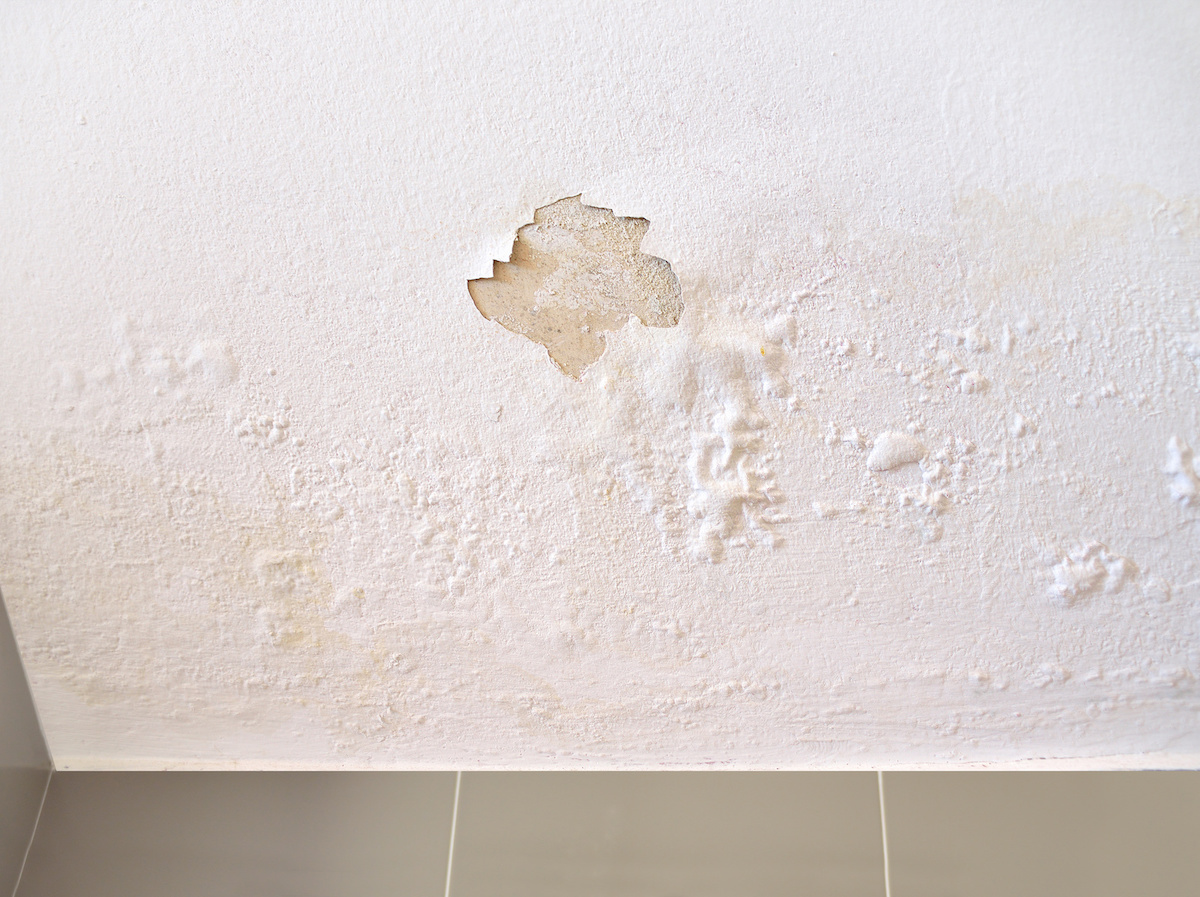What are your thoughts on Common Causes of Water Damage in a Bathroom?

The washroom is very susceptible for moist buildup as well as potential water damages because of the regular use of water in it. This write-up provides simple examination techniques to aid discovering water damage threats.
The regular use of water in the washroom makes it incredibly at risk for damp accumulation and also potential water damages. By examining it consistently, you can decrease water related problems.
The following collection of evaluations is very easy to carry out and must be done once in every 3 months in order to keep your shower room in good shape and also to prevent possible water damages brought on by the bathtub, the shower, pipeline joints and plumbing, sinks, cupboards, and the bathroom
Do not forget doing these examinations and be detailed while performing them. Bear in mind that these simple evaluations can conserve you a lot of cash by providing early signs for water damage
Sinks as well as Cabinets
Sinks and also cabinets are subjected to dampness as well as moisture daily as well as are usually neglected. Check consistently under the sink and on the counter top over it. Repair any drip in the catch as it might recommend drainpipe problems. Browse the sink, slow-moving draining pipes may show an obstructed drain. Replace sink seals if they are split or loosened.
Bathtub as well as Shower
The shower and also bathtub require special focus and also maintenance. Inspect the ceramic tiles and also replace if cracked. Make certain that there is no missing out on cement in between the tiles. Examine and replace split caulking at joints where the wall surfaces fulfill the floor or the bathtub. Blocked drains as well as pipelines troubles will prevent the tub from drying as well as may suggest significant troubles beneath the bathtub. Speak with an expert right away to prevent structural damage. Focus on stainings or soft locations around the tub wall surfaces as they might show an inner leakage.
Plumbing
Signs for water damages are difficult to find given that the majority of pipelines are mounted inside the wall surfaces.
Pay unique focus to floor covering as well as wall surfaces wetness as well as spots as they may suggest an unnoticeable plumbing problem. Check moisture levels in adjacent spaces also.
The Bathroom
The toilet is a susceptible water junction. Examine the water lines and also look for leakages around the bathroom seat, in the hose pipe, and under the water tank. If you detect any indicators of dampness on the flooring around the bathroom, check for leaks in the toilet rim and also container seals.
Know that hanging toilet dish antiperspirants boosts the chances for clogs.
Water Damage Signs In The Bathroom To Avoid Cleanup
Musty smell
This is one of the easiest signs to catch because musty smells are so odorous. The damp, earthy, moldy smell should be a big red flag. The smell will develop when moisture gets trapped in surfaces, and begins to facilitate mold growth. Leaking pipes under cabinets, inside walls, and behind shower fixtures will cause moisture to stay trapped and not dry, which will lead to mold growth and spread. As soon as you notice any musty smells in your bathroom, have it checked for hidden water damage and cleanup signs.
Visible mold
If the smell isn’t there to give it away, sometimes you will actually see mold growth. Finding mold in your bathroom is a serious problem, because mold is very harmful to your health. By the time mold growth is visible, it also means that water damage has already occurred and been present for some time. The only way the mold problem can be resolved is to find the source of the moisture and get it stopped. To safely and adequately remove mold, you need to have professionals handle the remediation. Do not waste any time in getting mold problems addressed, fixed, and sanitized so that you can protect you and your family from the many respiratory symptoms caused by mold exposure.
Damaged floors
Bathroom floors should be able to withstand some exposure to water while still remaining in good condition. However, when excess exposure or water leaks occur, they will begin to damage even the most water-resistant flooring. If you notice any cracking, bubbling, staining, or warping on your bathroom floors, there is probably a water leak somewhere causing the distortion. If you notice areas of the floor have become softer, or even have a spongy feeling, there is probably damage to the subfloor. Subflooring is typically made up of plywood. When plywood is exposed to water or moisture, it will absorb it. Once it has become saturated, the weight of the excess water will cause the wood to swell and soften. Check the floors in your bathroom frequently to catch any of these sings before they lead to damaged subflooring.
Changes on walls
When water leaks behind walls, it will cause changes in the drywall. Peeling plaster, blistering paint, and soggy wallpaper are all good indicators that excess water is building up behind the wall. Water leaking behind drywall will cause it to swell and be soft to the tough. If you start to notice gaps along the trim of your walls, or where tile meets the wall, it could also be a strong indicator that there is a leak behind the wall. Any changes, distortion, or damage on the walls should be evaluated as soon as you notice it to prevent further water damage and cleanup.

I'm very intrigued by Looking for Signs of Water Damage in the Bathroom and I am praying you enjoyed reading the entry. Enjoyed reading our article? Please share it. Let others discover it. Many thanks for your time. Visit again soon.
Book Now